Arthroscopy is a minimally invasive technique for diagnosing and treating joints, which involves examining their interior. The primary goal is to check the damaged joint and, if necessary, perform the treatment. Additionally, the procedure enables the collection of material for histopathological or bacteriological examination. It is a minor procedure done on an outpatient basis, so there is no need for hospitalization, and the patient can go home on the same day.
You can have arthroscopy on any joint. However, this procedure mainly concerns the knee, shoulder, elbow, ankle, hip, or wrist.
Arthroscopy![]() is an endoscopic examination. The specialist performs it in the operating room. The surgeon cuts small holes in the skin around the joint and places an arthroscope, or drain, in them. Arthroscopy in this phase allows for a full view of the joint structure due to introducing a physiological saline solution. The surgeon examines the synovium, joint cartilage, muscles, and ligaments. It is where diagnostic arthroscopy ends.
is an endoscopic examination. The specialist performs it in the operating room. The surgeon cuts small holes in the skin around the joint and places an arthroscope, or drain, in them. Arthroscopy in this phase allows for a full view of the joint structure due to introducing a physiological saline solution. The surgeon examines the synovium, joint cartilage, muscles, and ligaments. It is where diagnostic arthroscopy ends.
Specialists may perform surgery![]() on the damaged joint. Then, during the procedure, the doctor introduces small surgical instruments that allow them to:
on the damaged joint. Then, during the procedure, the doctor introduces small surgical instruments that allow them to:
The most frequently performed type of this procedure is ACL arthroscopy![]() , i.e., arthroscopic anterior cruciate ligament reconstruction. A ligament tear may occur during sports or regular everyday activities.
, i.e., arthroscopic anterior cruciate ligament reconstruction. A ligament tear may occur during sports or regular everyday activities.
In addition, arthroscopic procedures include:
Knee arthroscopy![]() is a surgical method in which the repair of structures inside the joint is performed without opening it – only small, one-centimeter incisions are made to allow the introduction of a camera (arthroscope) and special tools used to perform the procedure into the knee. Because the surgery is minimally invasive, the surgery performed in this way carries a much lower risk of complications, which is why we strive to treat as many intra-articular injuries as possible in this way.
is a surgical method in which the repair of structures inside the joint is performed without opening it – only small, one-centimeter incisions are made to allow the introduction of a camera (arthroscope) and special tools used to perform the procedure into the knee. Because the surgery is minimally invasive, the surgery performed in this way carries a much lower risk of complications, which is why we strive to treat as many intra-articular injuries as possible in this way.
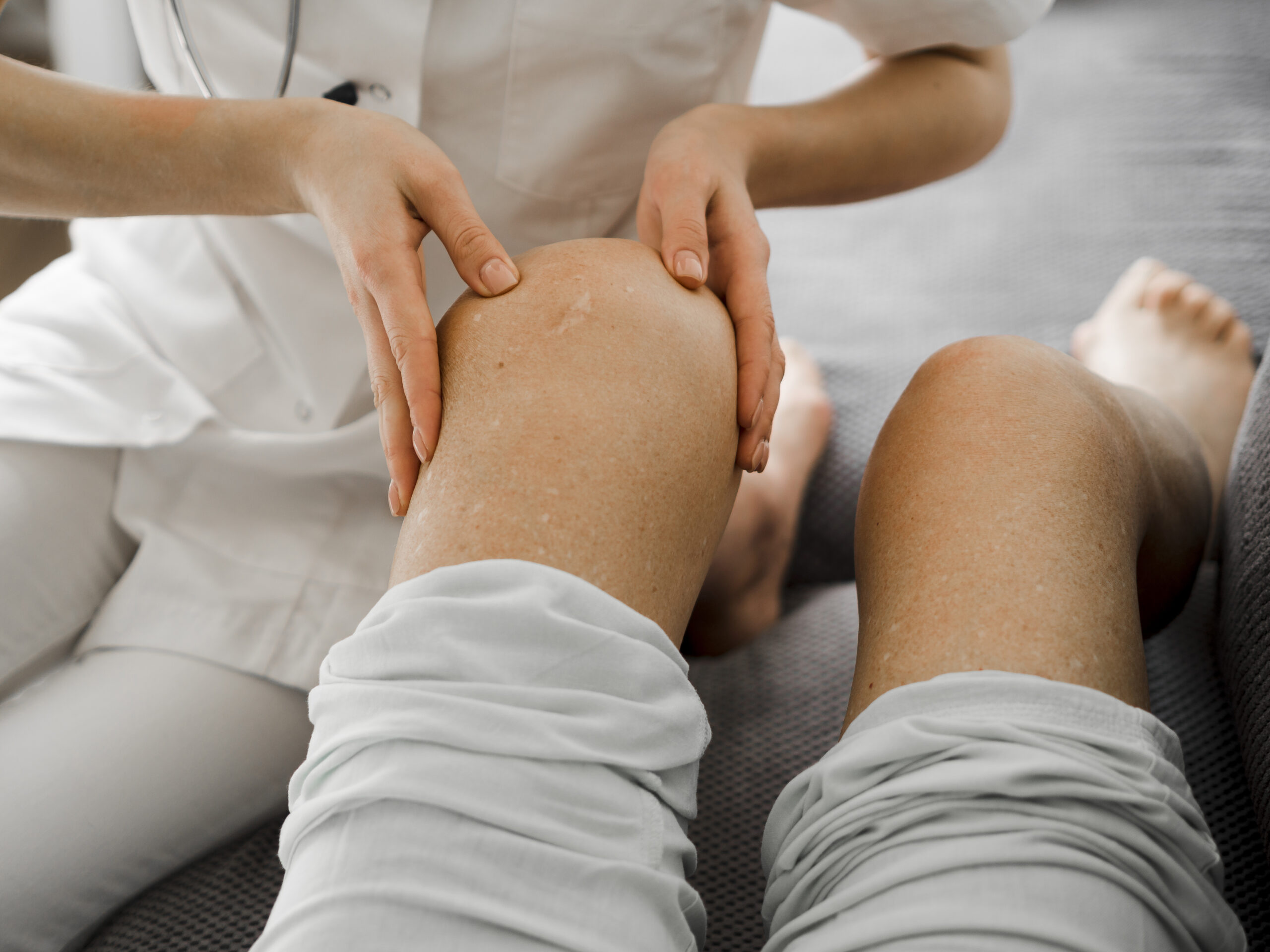
Currently, this procedure allows for:
Even when open knee surgery is necessary, arthroscopy (a camera and arthroscopic tools inserted into the knee) can be used to perform part of the procedure or as a control examination (e.g., inspection of articular surfaces during fracture fixation surgery).
Shoulder arthroscopy![]() is a surgical procedure that involves introducing an endoscopic tool into the joint after making a small incision.
is a surgical procedure that involves introducing an endoscopic tool into the joint after making a small incision.
If necessary, the doctor makes additional incisions to insert surgical instruments. Shoulder arthroscopy, contrary to appearances, is considered a relatively minimally invasive procedure that is not associated with a high risk of unwanted complications and does not require long hospitalization. However, many weeks of rehabilitation are necessary.
Arthroscopy of the shoulder joint is routinely performed in the case of many injuries and diseases of this part of the body, which, compared to other joints, is characterized by a significant degree of advancement in terms of structure and mechanics of operation – it is worth emphasizing that this joint provides not only adduction and extension movements but also rotation of the upper limbs.
Indications for this procedure include:
Arthroscopic examination is usually associated with noticing abnormalities in imaging tests (ultrasound, X-ray, magnetic resonance imaging). These include indications![]() like:
like:
Some circumstances exclude or make it difficult to perform each procedure. Contraindications to this condition will be:
On the day of the procedure, the patient should arrive on an empty stomach at the hospital in the morning. It is recommended to eat the last meal 6-12 hours before the planned arthroscopy![]() . However, you can take medications the patient usually takes for other ailments if the doctor advises it during the consultation.
. However, you can take medications the patient usually takes for other ailments if the doctor advises it during the consultation.
Information about menstruation will also be significant for the doctor performing the procedure on the patient. Arthroscopy involves some blood loss, so an additional factor may adversely affect the course of the procedure. It happens that the doctor decides to perform this procedure despite menstruation, but most often, it is a contraindication, and the procedure is postponed to another date.
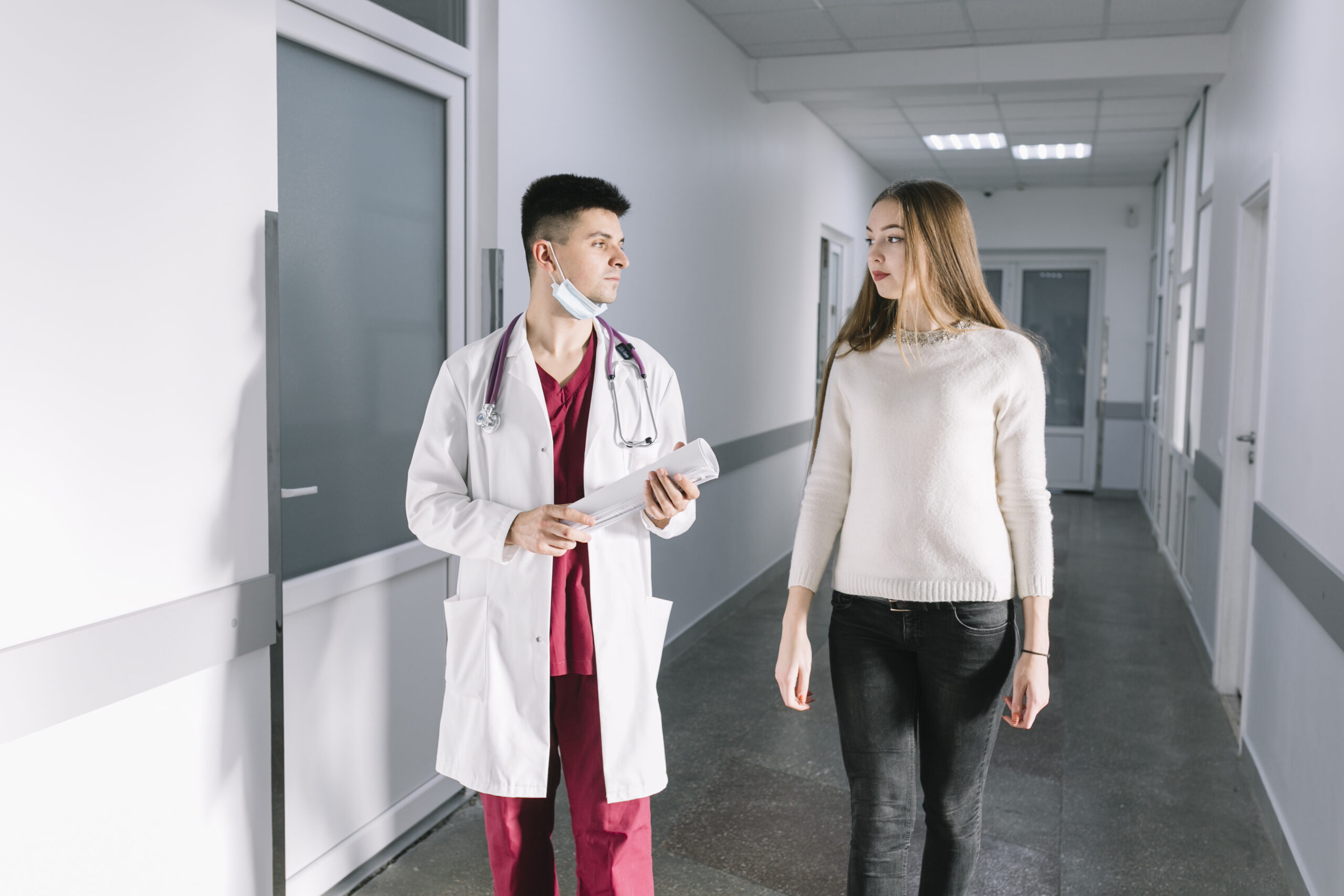
The procedural preparations for a joint surgery may vary depending on the specific joint being examined or repaired by the surgeon. However, there are several general guidelines that one should follow.
Avoid certain medications that may increase the risk of bleeding, as advised by the doctor. Depending on the type of anesthesia used, the patient may be asked to fast for at least eight hours before the surgery.
Furthermore, patients should arrange for transportation after the surgery since driving themselves home would not be permitted. In the case of living alone, it is recommended to have someone check on them that evening or, ideally, stay with them for the day.
Patients should wear loose and comfortable clothing to ensure ease of dressing post-surgery, especially in the case of knee arthroscopy. By following these guidelines, patients can ensure a smooth and safe joint surgery experience.
Arthroscopy is a minimally invasive procedure but requires a thorough health check. Basic additional tests![]() should be performed two weeks before the procedure, including:
should be performed two weeks before the procedure, including:
However, when it comes to this procedure and jaundiced vaccinations, it should be remembered that a valid vaccination against hepatitis B is necessary. In addition, you should inform your doctor about the possible coexistence of other diseases, including the heart, kidneys, liver, lungs, or nervous system.
Arthroscopy is the so-called minimally invasive surgical procedure![]() . The examination is often performed under spinal, local, or general anesthesia. In children, only general anesthesia is used.
. The examination is often performed under spinal, local, or general anesthesia. In children, only general anesthesia is used.
In the operating room, the patient is placed in a position ensuring free access to the examined joint (e.g., in the case of knee arthroscopy, the limb is slightly raised and bent at the knee joint). The examination begins with the administration of anesthesia.
Then, the orthopedist makes small (approx. 7 mm) incisions in the skin and subcutaneous tissues – ports. The places are precisely marked by the anatomical conditions of each joint and allow the camera (with its light source) and instruments to be safely introduced into the joint. The doctor operating the tools on the monitor monitors the structure of the joint (including cartilage, synovial membrane, ligaments, and tendons) in real time.
If a repair procedure is necessary, thin surgical instruments are additionally inserted through the ports. After completing the required procedures, the doctor removes the tools and the arthroscope, sutures the wounds, and leaves a drain in one of them to drain blood. The drain is usually removed when the dressing is changed.
The examination usually takes from a dozen to several dozen minutes.
After the arthroscopic procedure![]() , the doctor's recommendations should be followed carefully.
, the doctor's recommendations should be followed carefully.
This procedure requires a short hospitalization, which usually does not last longer than 24 hours. Sometimes, keeping the patient for several days (usually no more than 3) may be necessary. It is related to the procedure's course, the type of anesthesia used, and the patient's well-being.
The entire treatment process depends on the scope of the examination. Major surgical procedures involve a longer recovery period. It usually lasts three to six weeks but can be much longer. The knee and its repairs related to the reconstruction of ligaments, cartilage, or meniscus implantation require three to six months of treatment.
Tobacco smokers are advised to give up the addiction because it hurts wound healing and regenerative processes.
Arthroscopy is a surgical procedure and carries a risk of complications![]() . The most serious of them include:
. The most serious of them include:
Pain after this procedure is much less noticeable than after traditional surgery. Nevertheless, typical reactions after surgery occur in the body, so a convalescence period is necessary.
Depending on the type of arthroscopy performed and its course, the doctor recommends appropriate methods of relieving the area of the operated joint, rehabilitation exercises, and the approximate date when the patient can return to physical activity. It may happen that it will be necessary to immobilize the joint after arthroscopy.
For a few days after arthroscopy, the patient takes painkillers and anticoagulants. During this time, specialists recommend limiting physical activity to an absolute minimum and avoiding sudden movements.
Rehabilitation after arthroscopy![]() takes place the next day and is carried out under the supervision of a specialist. Your doctor usually recommends:
takes place the next day and is carried out under the supervision of a specialist. Your doctor usually recommends:
The most frequently performed arthroscopy is knee arthroscopy. In this case and in the case of recovery after hip surgery, the doctor recommends moving with the help of elbow crutches, and the rehabilitator gives instructions on how to use them properly. It also informs you how much pressure you can put your foot on the ground at a given moment during the recovery period. Full weight bearing is possible about a week after the procedure. However, you can walk without crutches after knee arthroscopy only after 2-3 weeks.
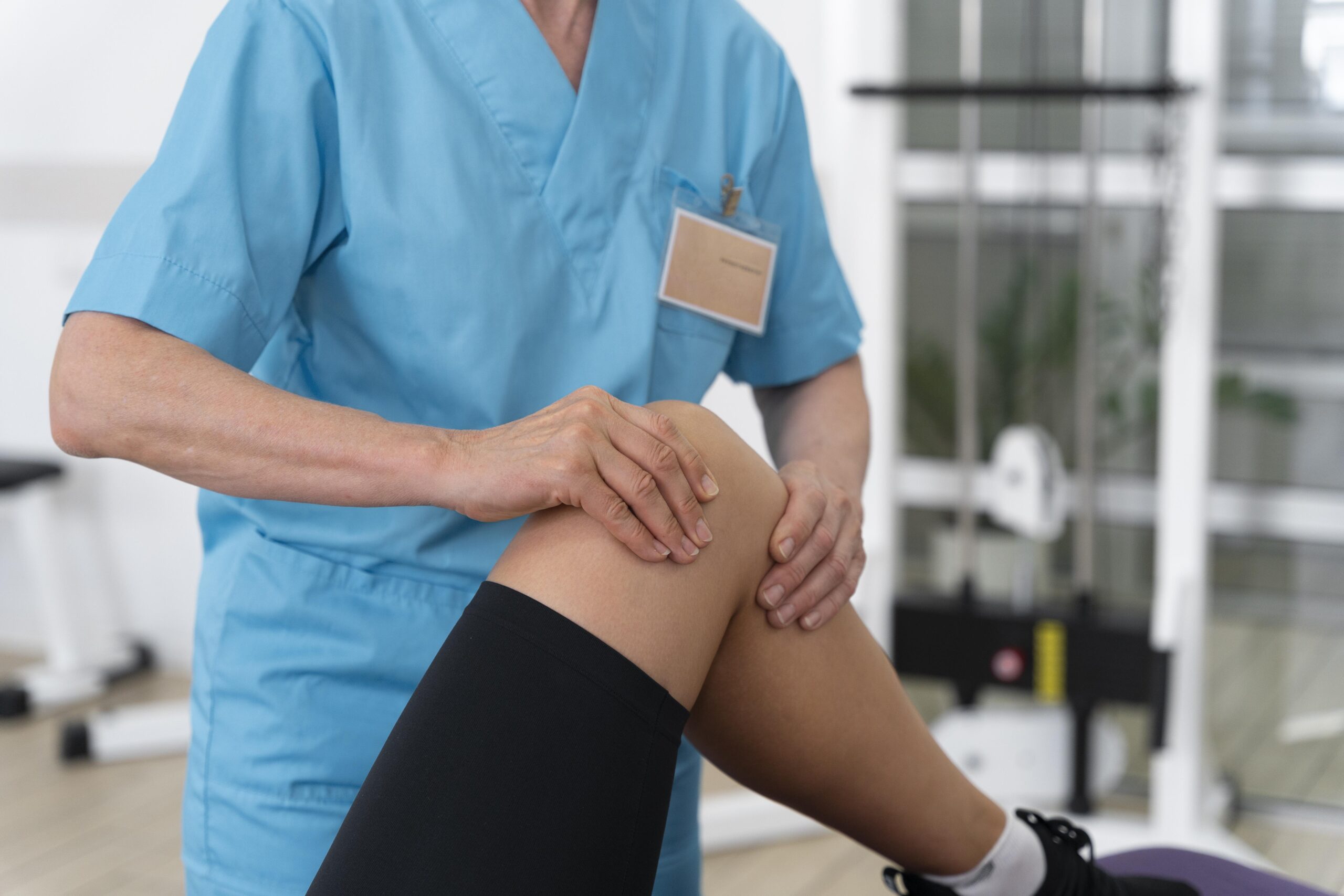
In addition to rehabilitation activities, the rehabilitator will recommend simple exercises after arthroscopy![]() . Each case will require a different set of exercises. Still, most often they will be stretching exercises, isometric exercises (using the force of tense muscles), and active exercises (in which physical exercise causes muscle activity).
. Each case will require a different set of exercises. Still, most often they will be stretching exercises, isometric exercises (using the force of tense muscles), and active exercises (in which physical exercise causes muscle activity).
Postoperative physiotherapy is based on the recommendations provided by the orthopedist who operated on the patient. The scope and duration of rehabilitation are determined individually. Rehabilitation usually includes kinesitherapy (exercises) and manual therapy, rarely physical therapy (e.g., laser treatments, magnetic fields).
The recovery time after arthroscopy varies for different patients – it depends on the type of treatment performed and whether the patient conscientiously performs the exercises recommended by the physiotherapist. Independent functioning and movement are usually possible in the first days after surgery (possibly with a brace and crutches, depending on needs). Returning to sports activity is an individual matter – the orthopedist decides it during follow-up visits after surgery.
For example, exercises after knee arthroscopy will involve slowly straightening the leg at the knee, lifting and holding it above the floor, or moving the leg to the side on the heel. However, before the patient undertakes any physical activity, they should discuss its course with a specialist.
Table of Contents
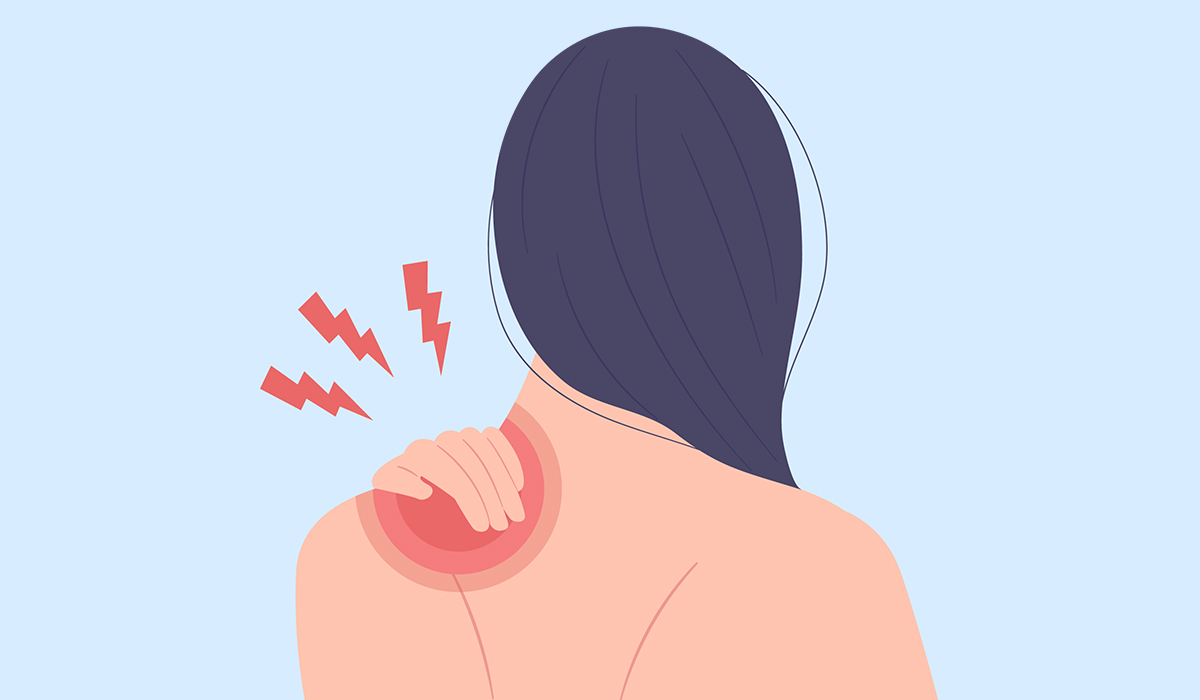
Shoulder pain is commonly felt and can cause extraordinary inconvenience around the range where the upper arm interfaces with the… read more »
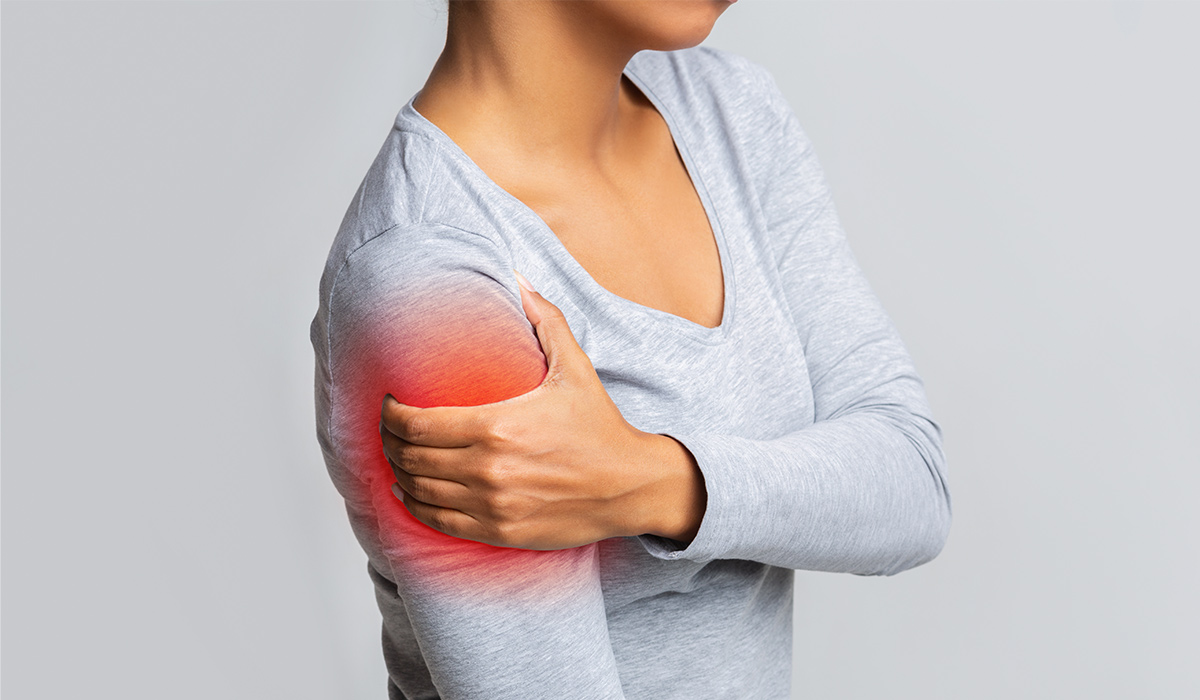
There are many factors to consider while trying to find the reason for the right arm and shoulder pain. Even… read more »
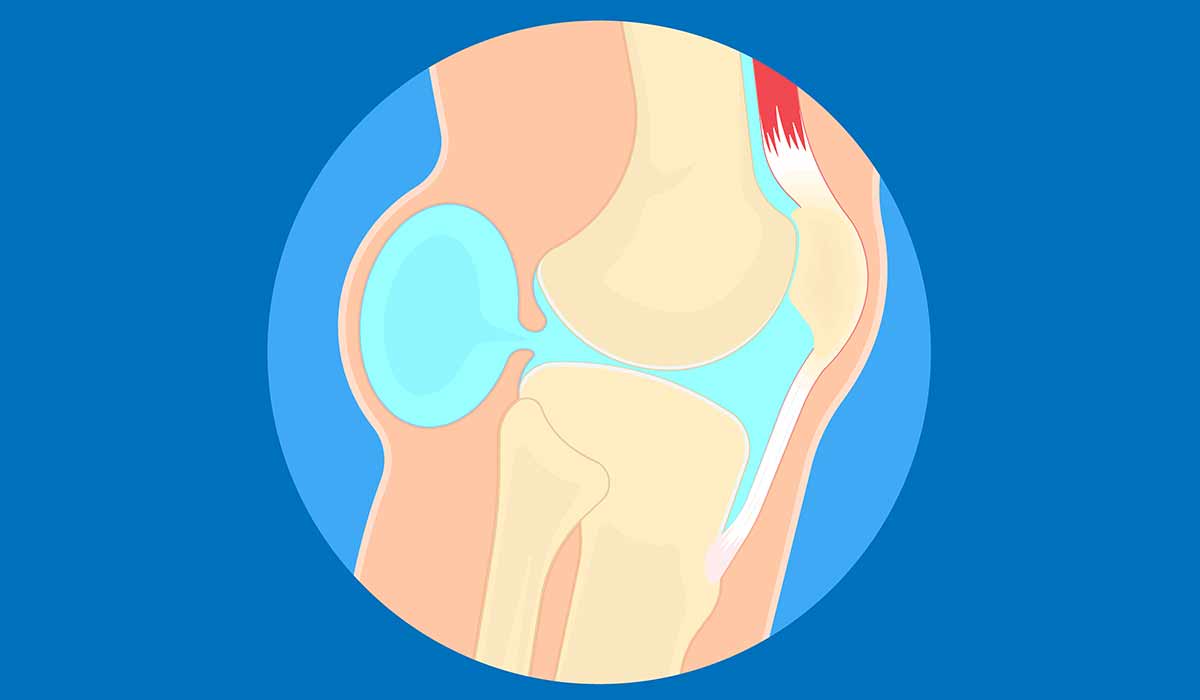
Baker's cyst can signify a more serious health problem, but it is generally considered mild. The most common complaints associated… read more »
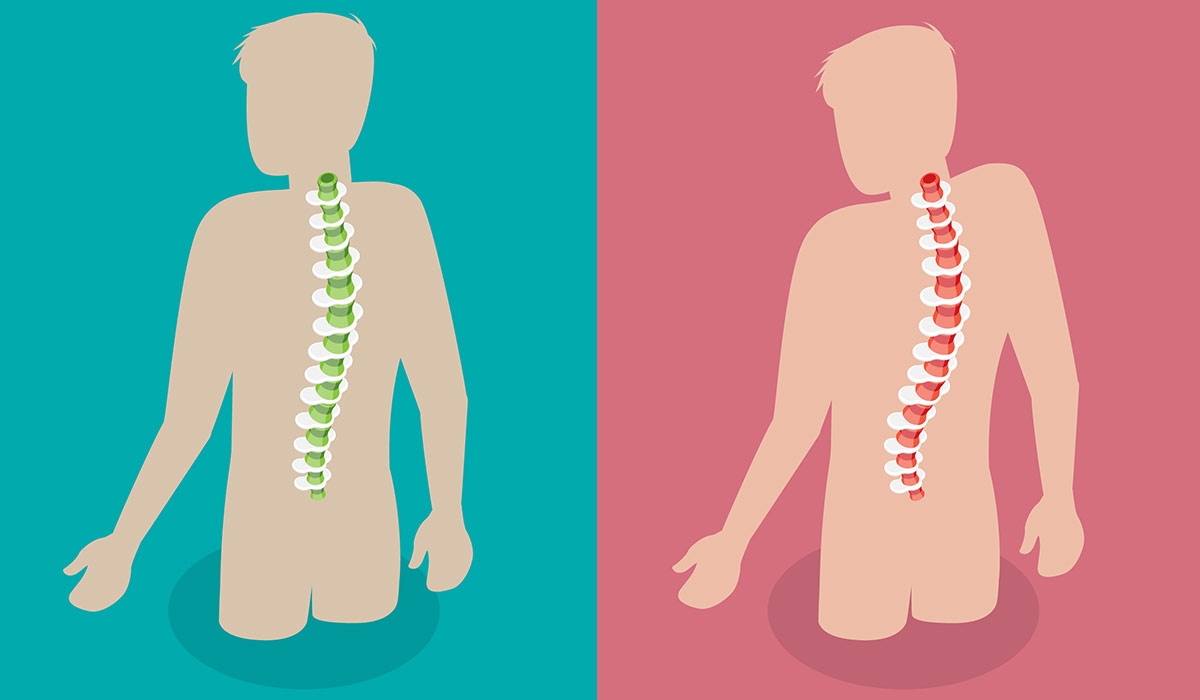
Scoliosis is a structural deformation of the spine that occurs in three planes. What are its causes and symptoms? What… read more »
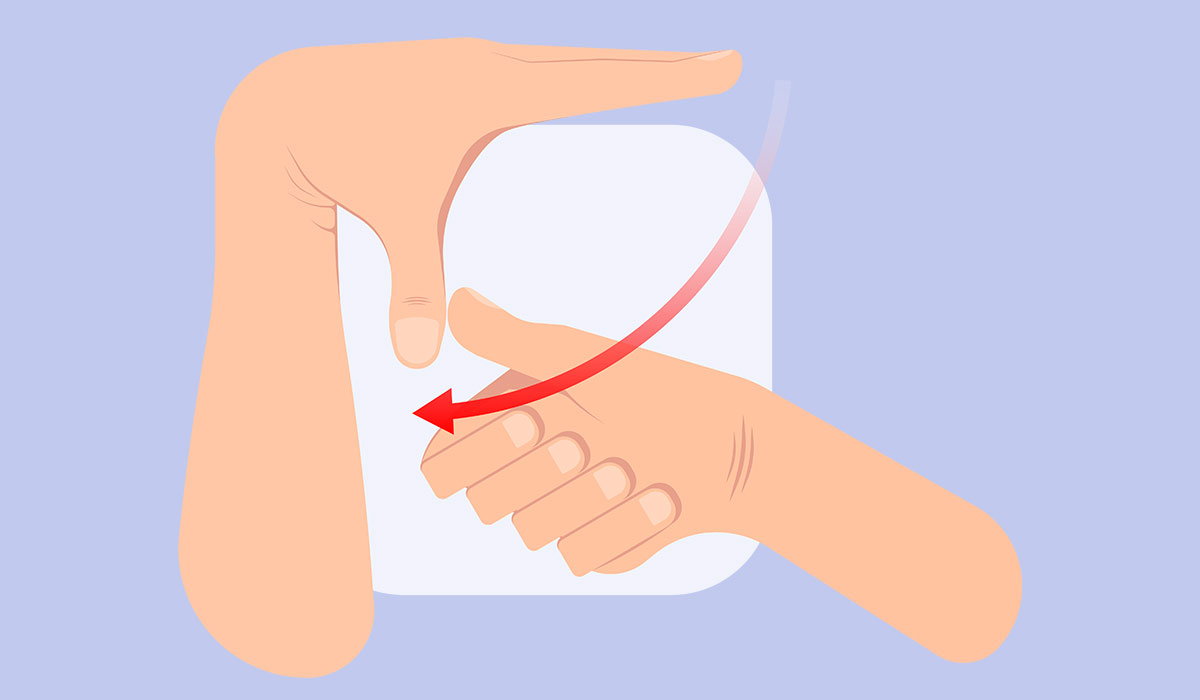
Ehlers-Danlos Syndrome is a group of diseases with a genetic basis. Learn all the symptoms associated with EDS. Find out… read more »
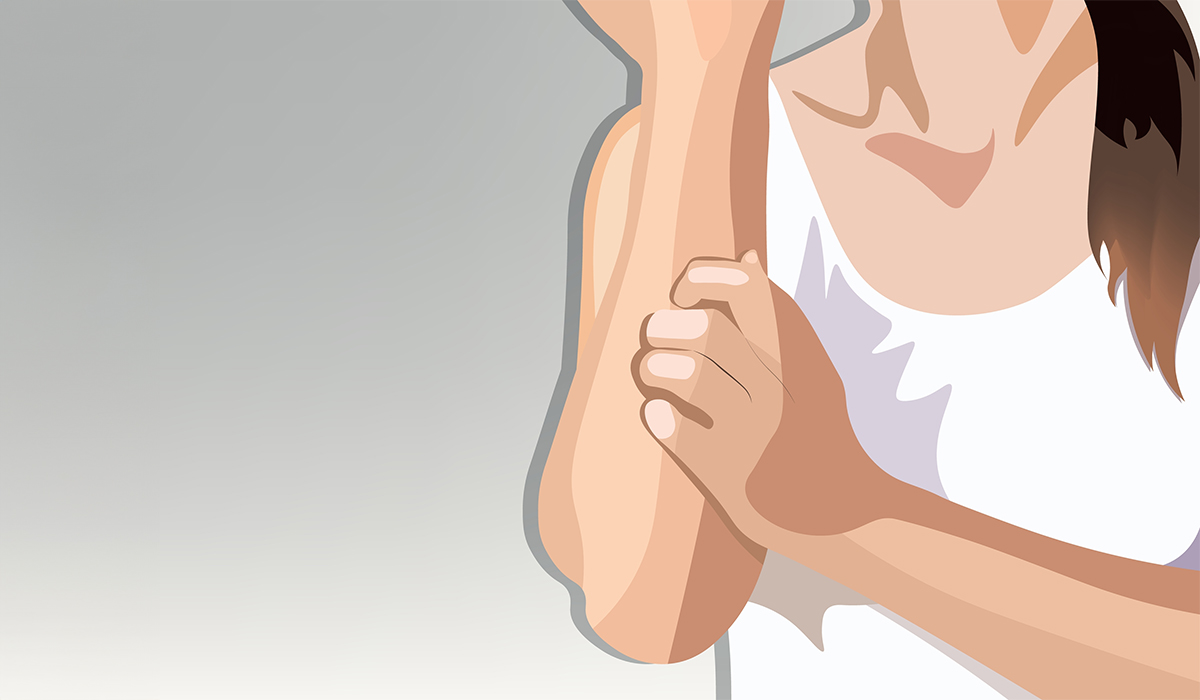
Arm Pain occurs after you encounter inconvenience, soreness, or a throb in one or both arms. This may be due to harm, over-the-top utilization,… read more »
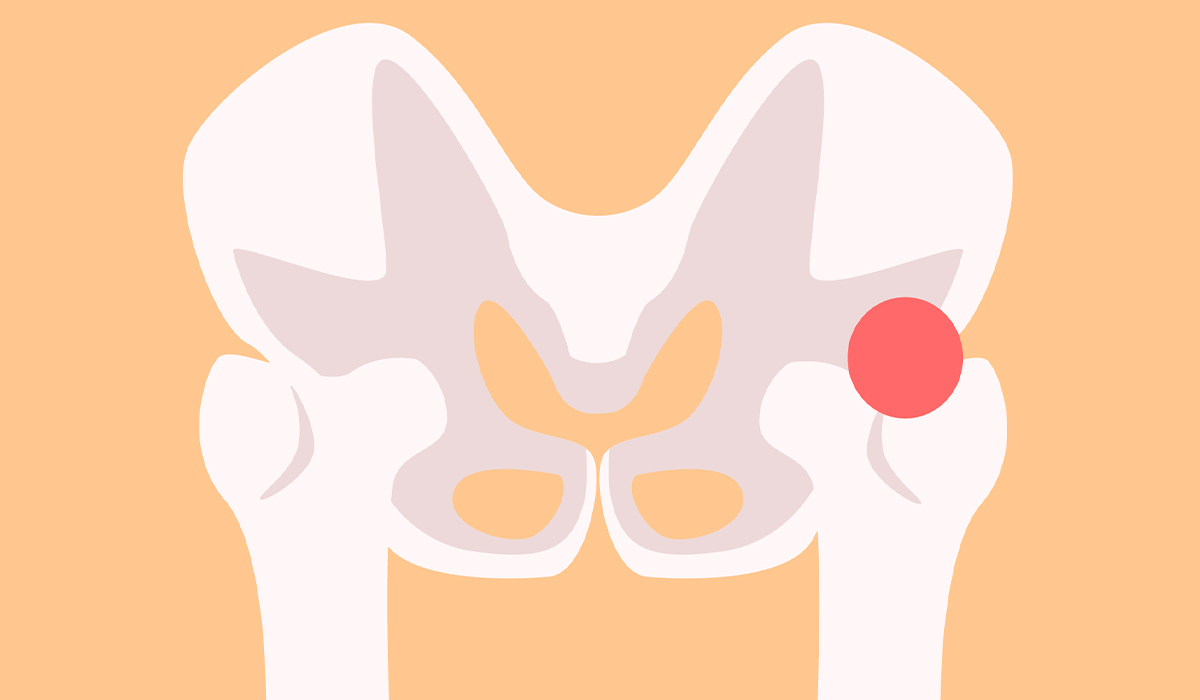
Hip pain is pain in the hip zone is regularly observed among individuals extending from the youthful to older people,… read more »
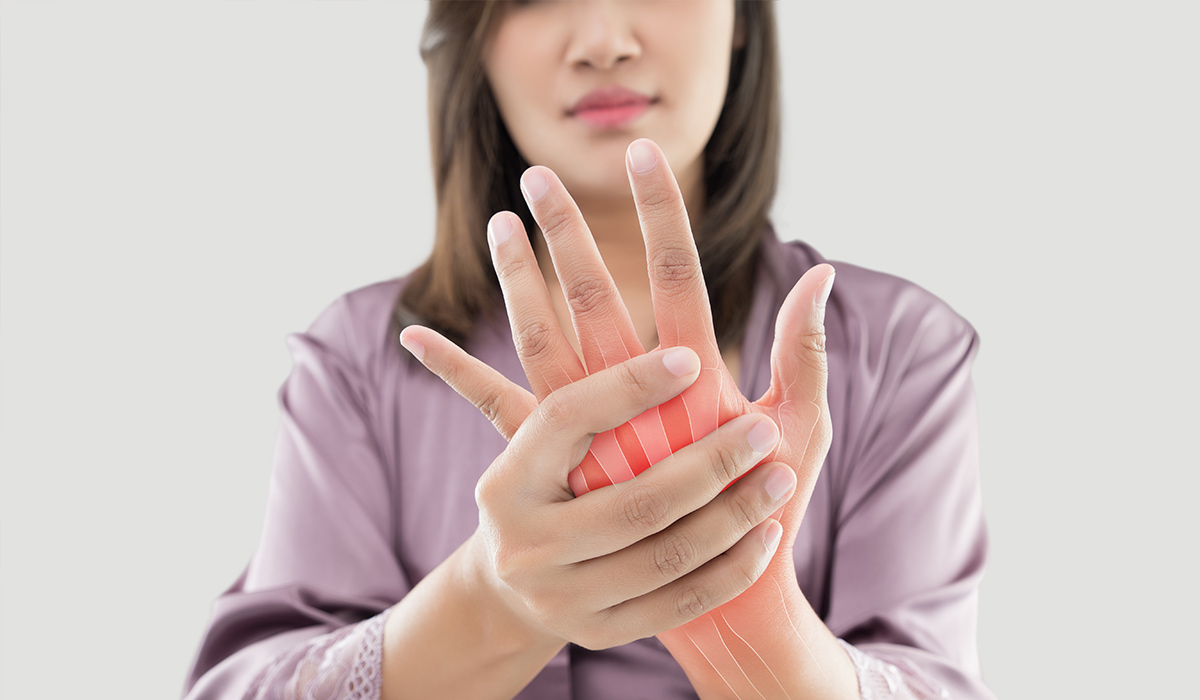
Muscle pain and stiffness – these can be the first symptoms of arthritis. Learn about the most common types of… read more »
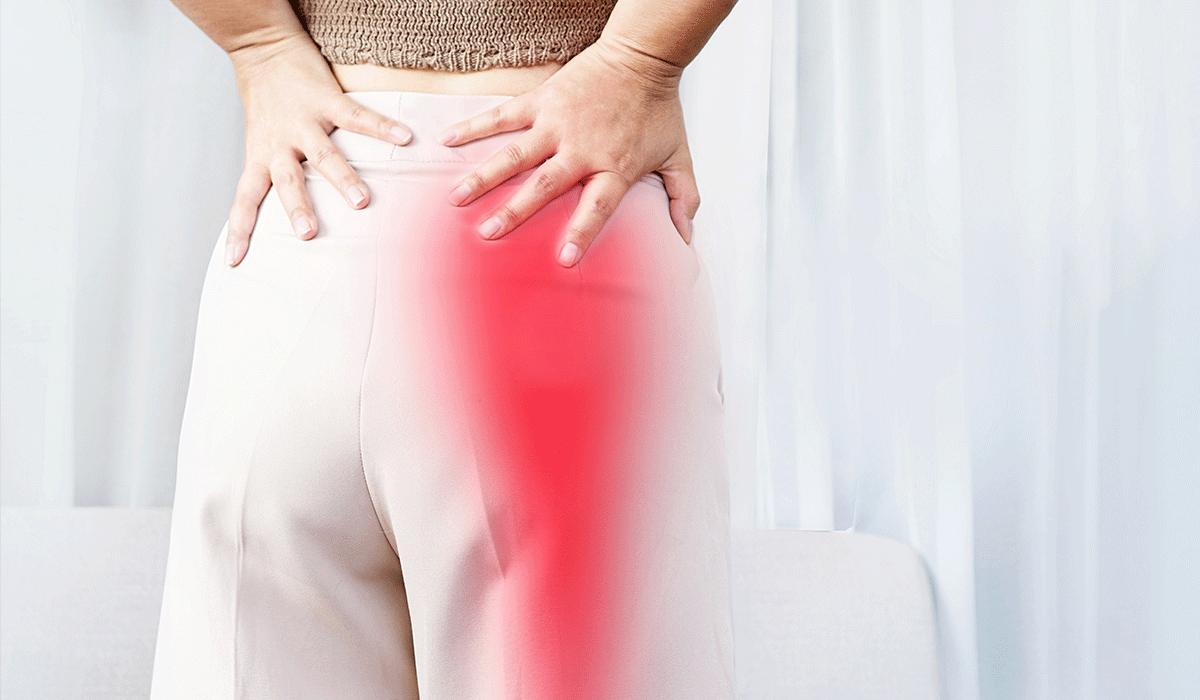
Sciatica is a set of symptoms resulting from irritation or damage to the sciatic nerve or its roots. How is… read more »